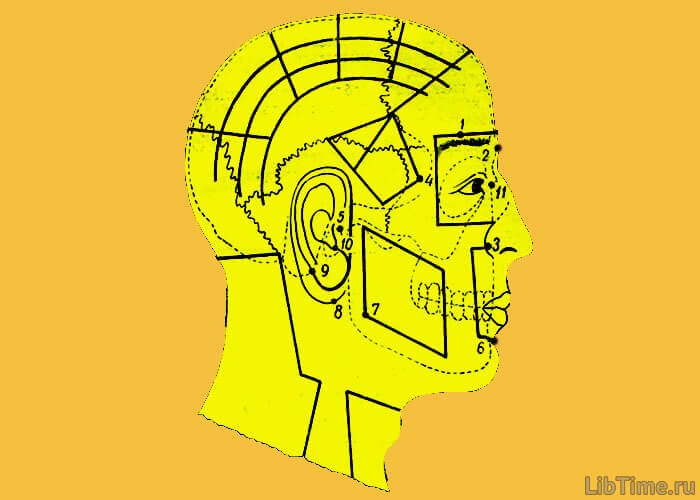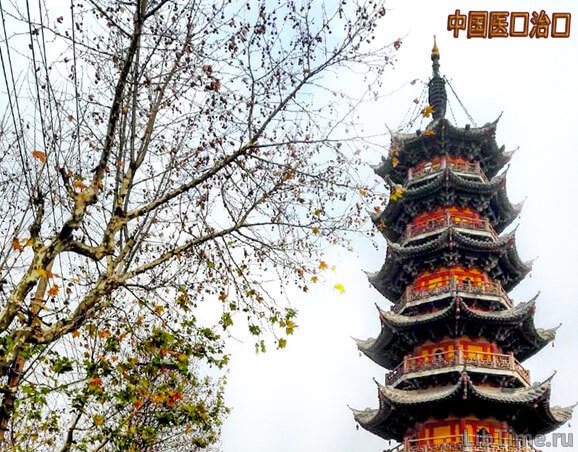Moxibustion in Chinese medicine
An important part of zhenqiu therapy, i.e. acupuncture, is moxibustion in Chinese medicine.
Methods of cauterization
Cauterization is performed either with a smoldering cigar made of mugwort leaves or with a smoldering tourniquet.
Cauterization is performed in three ways:
- by heat exposure;
- the so-called "pecking" method;
- thermal action with constant movements on a certain surface around a given point ("ironing").
Thermal action
The first of these methods, i.e. thermal action consists in bringing the smoldering end of the cigar close to the skin and gradually pushing it away until the patient feels a sensation of pleasant heat in certain tissues.
The shortest distance between the end of the cigar and the surface of the skin should not exceed 1.5 cm, the procedure lasts 5 - 10 minutes. This method is indicated when a certain soothing effect is desired (e.g. for abdominal pain).
Method of "pecking" cauterization
The second method - "pecking" cauterization consists of continuous alternating up and down movements of the cigar at a given point. It is used to achieve excitatory action in collapse, paralysis. Duration of the procedure - from two to five minutes. The strongest permissible sensation - burning heat, but not at all pain.
Method "iron"
The third method - "ironing" consists of the following. Bringing the end of the cigar close to the skin, begin to move it on a relatively large area of the body like an iron. In this case, even a very close approach of the smoldering end of the cigar to the skin does not cause burns. The method is indicated in a large group of diseases: psoriasis, neuroderma, widespread eczema.
It can eliminate pain arising from spasm of the stomach or intestines. The duration of application is 10-20 minutes. The ubiquitous wormwood cigar was proposed by Dr. Zhu Lian in 1951, (more information: Acupuncture in Chinese medicine).
The purpose of moxibustion in Chinese medicine
First of all, acupuncture and moxibustion in Chinese medicine have the purpose of causing strong or weak irritations.
The former have an inhibitory effect on the excited nervous system. They are used in excessively increased functional activity of certain internal organs, bones, tissues. Sometimes the patient has uncontrollable vomiting, which does not stop even after the full eruption of gastric contents.
This is explained by the weakening of the regulatory function of the higher department of the central nervous system under the influence of pathological changes. In this case, the urgent application of strong irritation easily has an inhibitory effect on the excited part of the nervous system and leads to the cessation of vomiting.
Weak stimuli have an excitatory effect on the nervous system, strengthen its function, thus stimulating the resistance of the body. This leads to increased blood circulation.
According to the concept put forward by Dr. Zhu Lian, the action of excitatory and inhibitory methods is based on reflex influences on the central nervous system by transmitting impulses to it from peripheral receptors.


